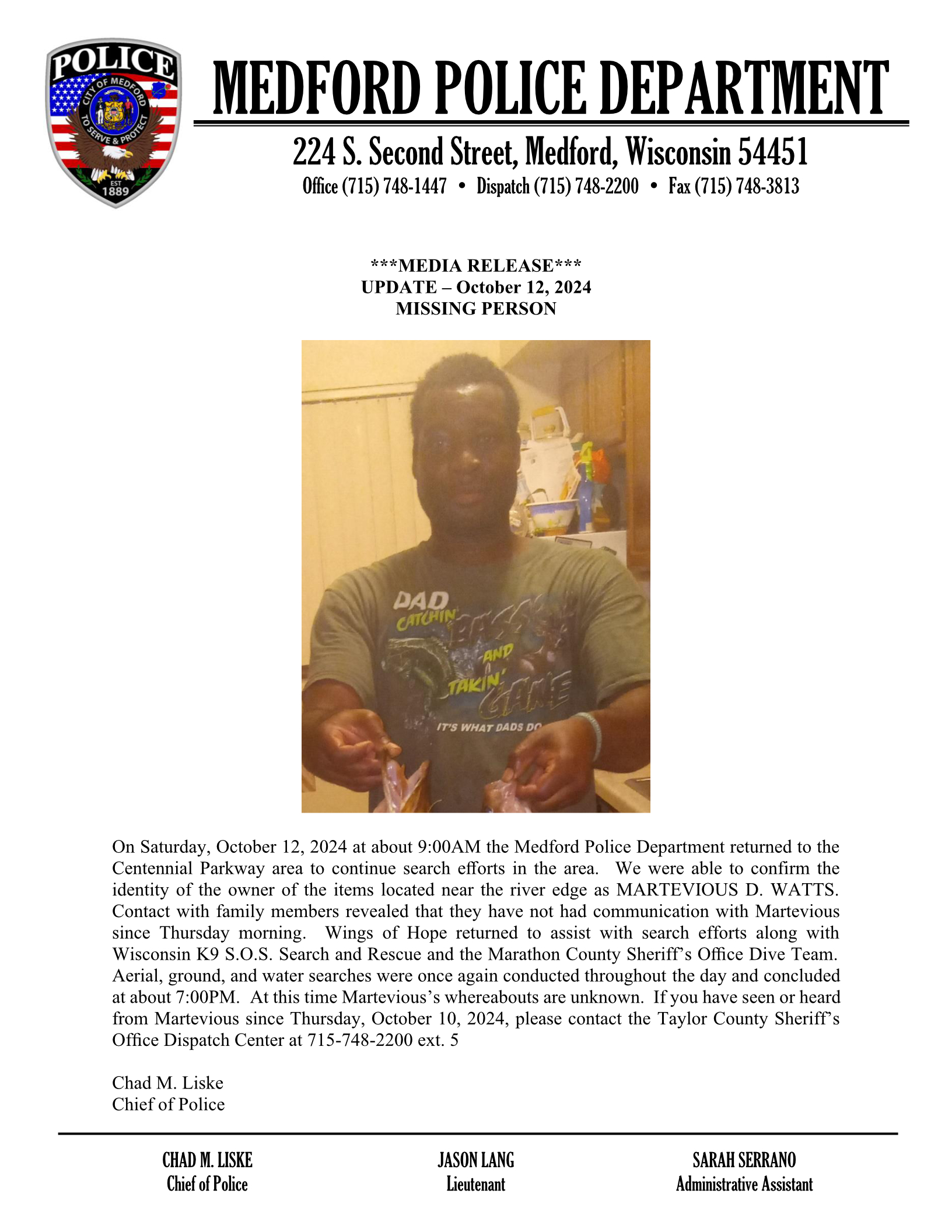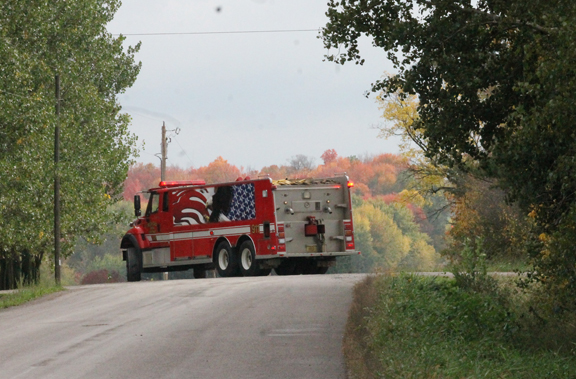Test results show West Nile in ruffed grouse population
The Wisconsin DNR has received the 2019 test results, from the second year of the ruffed grouse West Nile virus (WNV) surveillance project.
Results from the blood samples collected from harvested ruffed grouse in 2019, indicate that 20 percent of the Wisconsin submitted samples, had antibodies consistent with WNV exposure. Of the samples, 9 percent showed confi rmed WNV and 11 percent showed likely exposure. None of the 188 samples had evidence of the virus present in their hearts.
“These findings indicate that while ruffed grouse are being exposed to WNV, there are birds that are surviving and clearing the virus from their bodies,” said Alaina Gerrits, Wisconsin DNR assistant upland game ecologist.
This collaborative multi-year study, aims to provide biologists with more information about WNV exposure and infection in ruffed grouse in the western Great Lakes region. Ruffed grouse harvested in Wisconsin, Minnesota and Michigan, during the 2019 hunting season, were sent to the Southeastern Cooperative Wildlife Disease Study in Athens, Ga., to be analyzed.
“We are grateful to the passionate grouse hunters of Wisconsin, who took the time to submit samples from their harvested birds,” said Gerrits. “Without their support, this study would not be possible.”
Hunter-submitted samples underwent two types of testing, to help determine if the birds were exposed to WNV. First, a test to look for traces of viral genetic material in heart tissue, and second, a blood test to determine if the grouse had developed an immune response from exposure to the virus.
Similar to humans, ruffed grouse can develop antibodies as an immune response to viruses they encounter. When the body fights off WNV, these antibodies can be found in the blood. The study may help identify future research needs in Wisconsin, such as a potential survival study to investigate sources of mortality, with WNV being one of many stressors examined.
Mosquitos spread WNV and its effects on birds can vary. Signs can range from no clinical disease or illness, to heart lesions and inflammation of the brain, the lining of the brain and of the spinal cord. Many factors can influence how severely the virus affects an individual bird. There is no evidence that it can be spread by handling dead birds or by consuming properly cooked game.
West Nile Virus was first detected in Wisconsin, in 2002, and identified in the state’s ruffed grouse population in 2018. Although no ruffed grouse were submitted for testing prior to 2018, it is likely that they had been previously exposed to the virus.
For fall 2020, the DNR is relying on hunters who currently possess unused sampling kits from previous years, to fill them and send them in for processing. The DNR will not distribute any new kits this fall, because of COVID-19 operational changes.



